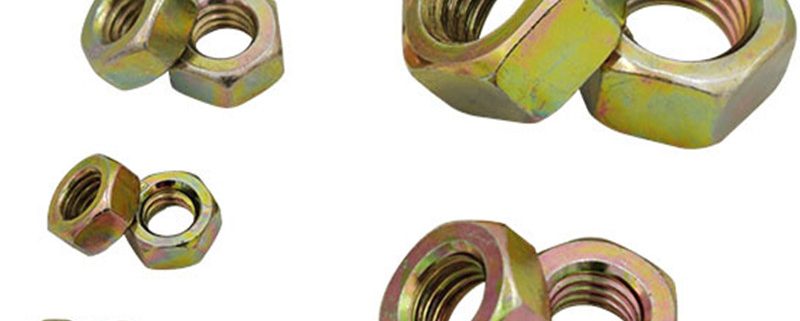What is the working principle of the nut?
A nut is a nut, a part that is screwed together to fix it with a bolt or screw. The materials are divided into carbon steel, stainless steel, non-ferrous metals (such as copper), etc.
Nuts are parts that tightly connect mechanical equipment. Through the internal thread, nuts and bolts of the same specification can be connected together. The working principle of the nut is to self-lock through the friction between the nut and the bolt. However, the reliability of this self-locking will be reduced under dynamic load. In some important occasions, we will take some anti-loosening measures to ensure the reliability of the nut lock. One of the anti-loose measures is to use anti-loose nuts.
There are also three types of lock nuts:
1) Use two same nuts to tighten the same bolt, and increase the tightening torque between the two nuts to make the bolt connection reliable.
2) Special lock nuts need to be used together with lock washers. The special lock nut is not a hexagonal nut, but a round nut in the middle.
3) Drill threaded holes from the outer surface of the nut to the inner thread surface for screwing in small-diameter countersunk screws. The purpose is to tighten the centripetal force to prevent the lock nut from loosening.
There is a small piece of copper inlaid on the lock nuts with better quality currently on the market. The copper piece matches the thread of the lock nut on the inner surface of the nut to prevent the radial jack screw from directly contacting the locking thread and damaging fasten the screw nut. This kind of locknut has gradually begun to be applied to the shaft end locking of rotating parts, such as anti-loosening of the bearing at the mounting end of a ball screw.
TJ DECHO is a professional supplier on nut products , if you need any , pls feel free to contact us by email [email protected]




